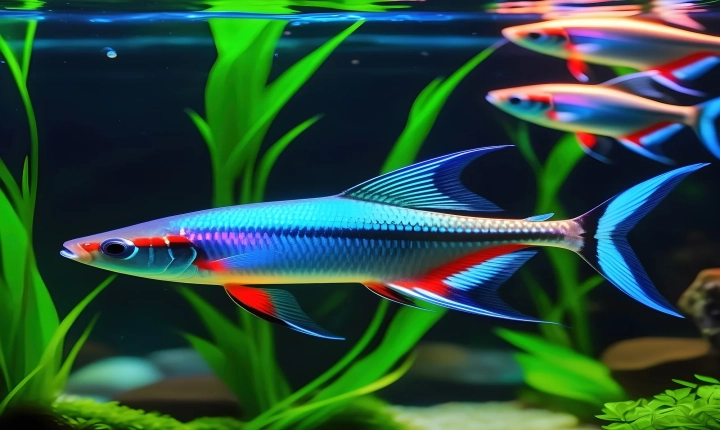Title: How to Create an AI Video: A Step-by-Step Guide
Artificial intelligence (AI) has revolutionized many aspects of technology, and video creation is no exception. With the power of AI, anyone can now create captivating and professional-looking videos without the need for extensive technical knowledge or expensive equipment. In this article, we will walk you through the process of creating an AI video, from planning and scripting to editing and optimizing for maximum impact.
Step 1: Define Your Video Goals
Before diving into the creation process, it’s important to clearly define the goals and purpose of your video. Are you looking to educate, entertain, or sell a product? Understanding the intended audience and the message you want to convey will guide the rest of the production process.
Step 2: Scripting and Storyboarding
Once you’ve identified your video’s goals, it’s time to create a script and storyboard. This step is crucial for planning out the visuals and narrative flow of your video. AI tools can assist with this process by generating scripts and providing storyboard templates based on your input.
Step 3: Gather Your Visual Assets
AI video creation platforms often come equipped with libraries of stock images, videos, and graphics that you can use to enhance your video. Additionally, you can also incorporate your own media assets if you have them. Consider the visual style and branding elements that will best align with your video’s message.
Step 4: Choose an AI Video Creation Tool
There are numerous AI video creation tools available, each offering a range of features and capabilities. Some popular options include Adobe Premiere Pro, Animoto, and Lumen5. Research the available tools to find one that best suits your needs and budget.
Step 5: Editing and Post-Production
With your visual assets and AI video creation tool in hand, it’s time to start putting your video together. The AI tool will assist with tasks such as auto-editing, adding transitions and effects, and even generating automated voiceovers. Take advantage of these features to streamline the editing process and create a polished final product.
Step 6: Optimization for Distribution
Once the video is complete, it’s important to optimize it for distribution on various platforms. This may involve formatting the video for specific aspect ratios, adding captions or subtitles, and optimizing the file size for efficient streaming. Many AI video tools provide built-in optimization features to simplify this step.
Step 7: Testing and Feedback
Before publishing your video, it’s a good idea to gather feedback from a test audience. Share the video with colleagues, friends, or focus groups to gather input on its effectiveness. Use this feedback to make final tweaks and adjustments before officially launching the video.
In conclusion, the process of creating an AI video is more accessible and streamlined than ever before, thanks to the advancements in AI technology. By following the steps outlined in this guide, you can create compelling and professional-looking videos that effectively communicate your message and captivate your audience. With the right AI tools and a creative vision, the possibilities for video creation are limitless.
